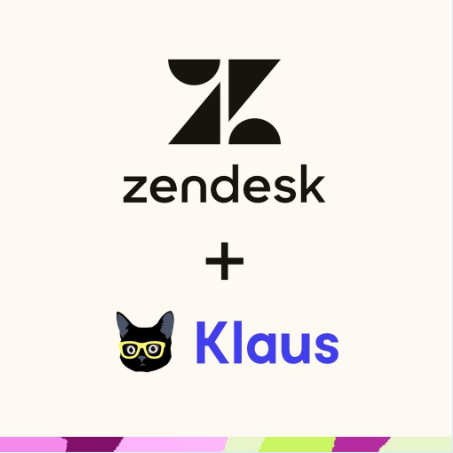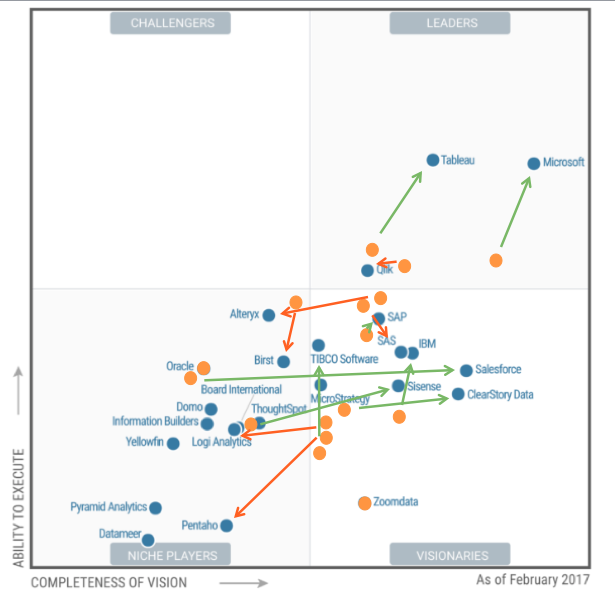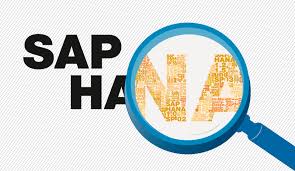
by twieberneit | Jan 12, 2024 | Analysis, Blog, News |
The news On January 8, 2024, Zendesk announced the acquisition of Klaus, “the industry leading AI-powered quality management platform”. With AI driving a rapid increase in customer service interactions it is necessary for customer service teams to become more efficient while maintaining their quality of service. This is accomplished by a combination of digital and human agents across an increasing number of channels. Ensuring good quality requires a QA solution that is capable of scoring 100 percent of customer interactions, which is what Klaus’s AI is capable of. In doing this, it “pinpoints conversations with positive or negative sentiment, identifies outliers, churn risk, escalations, and necessary follow-ups. According to Zendesk, most QA software does handle only one to two percent of all customer interactions. With workforce enablement management capabilities, Klaus enables the identification of knowledge gaps and coaching opportunities with the goal of improving agent performance and productivity. The result is higher customer satisfaction. According to Martin Kōiva, CEO and founder of Klaus, “Zendesk and Klaus share a vision of Ai-led, personalized CX with businesses fully anticipating and acting on their customers’ needs. QA software plays a critical role in this, ensuring consistency, assessing both human and digital agent performance and providing actionable insights for strategic planning. As part of Zendesk, we will continue to build and deliver thes crucial capabilities, but now at an even greater scale”. The bigger picture Customer service personnel works in a high-pressure environment with lots of turnover; even worse, as frontline workers, they are often the first ones to deal with customers who are already less than amused – equipped with tools that...

by twieberneit | Feb 22, 2017 | Analysis, Blog |
Last week Gartner published the updated version of its Magic Quadrant for Business Intelligence and Analytics Platforms, and I need to say that there has been a lot of movement in both directions, up as well as down. There has been a lot of reshuffling especially in the Visionaries quadrant. This can partly be attributed to a changing market that caused Gartner to combine a few of last year’s assessment criteria as well as adding two more critical criteria as below: Critical Capabilities Dropped or Changed: Combined BI Platform Administration with Security and User Administration Modified Data Source Connectivity to Data Source Connectivity and Ingestion Combined Publish Analytics Content and Collaboration and Social BI to Publish, Share and Collaborate on Analytic Content Added Visual Appeal to Ease of Use Capabilities Added: Smart Data Discovery Platform Capabilities Workflow Integration Smart Data Discovery emphasizes the increasing importance of AI and machine learning as part of analytics systems. Gartner defines it around the automatically “finding, visualizing and narrating of important findings such as correlations, exceptions, clusters, links and predictions in data that are relevant to users without requiring them to build models or write algorithms. Users explore data via visualizations, natural-language-generated narration, search and natural-language query technologies”. Workflow Integration acknowledges that there is no actionable insight if there is a standalone analytics system. It is defined around the number of products “needed to deliver the critical capabilities and the degree of seamless integration and workflow between capabilities/components”. This has been true for a long time, but hey, better late than never. Gartner itself states that the changes have been major and that...

by twieberneit | Nov 9, 2016 | Analysis, Blog |
Yesterday SAP announced SAP HANA 2, an updated and improved version of its flagship product SAP HANA, and new SAP HANA microservices through SAP Hybris as a Service. SAP HANA 2 will be available for first customers on November 30 and an express edition shortly after its general availability. Note: if SAP talks about RTC this usually differs from General Availability, which is only after a successful ramp-up period of about 3 months to validate a product with early adopter customers. So the Express Edition will probably be released around end of Q1/2017. In usual bold marketing words SAP HANA 2 is poised to be a “new foundation for digital transformation” and is according to Bernd Leukert, member of the executive board, Products and Innovation at SAP SE, the continuation of “breakthrough innovation on a highly stable core data platform for our customers”. SAP HANA 2 shall deliver enhancements in the areas of database management, data management, analytical intelligence and application management as well as well as two more services for cloud customers: Text Analysis and Earth Observation Analysis. The latter in a beta status only. These latter two new HANA functionalities are likely to be the reason of tying the two announcements. The update cycle of HANA 2 shall be 6 months. Some Observations It is interesting that SAP refers to the new HANA services as microservices. This suggests that these services are built on top of the HANA 2 core – or else HANA itself has been rearchitected to be built on a microservice architecture. I rather think the former, also as the delivery is via YaaS....




